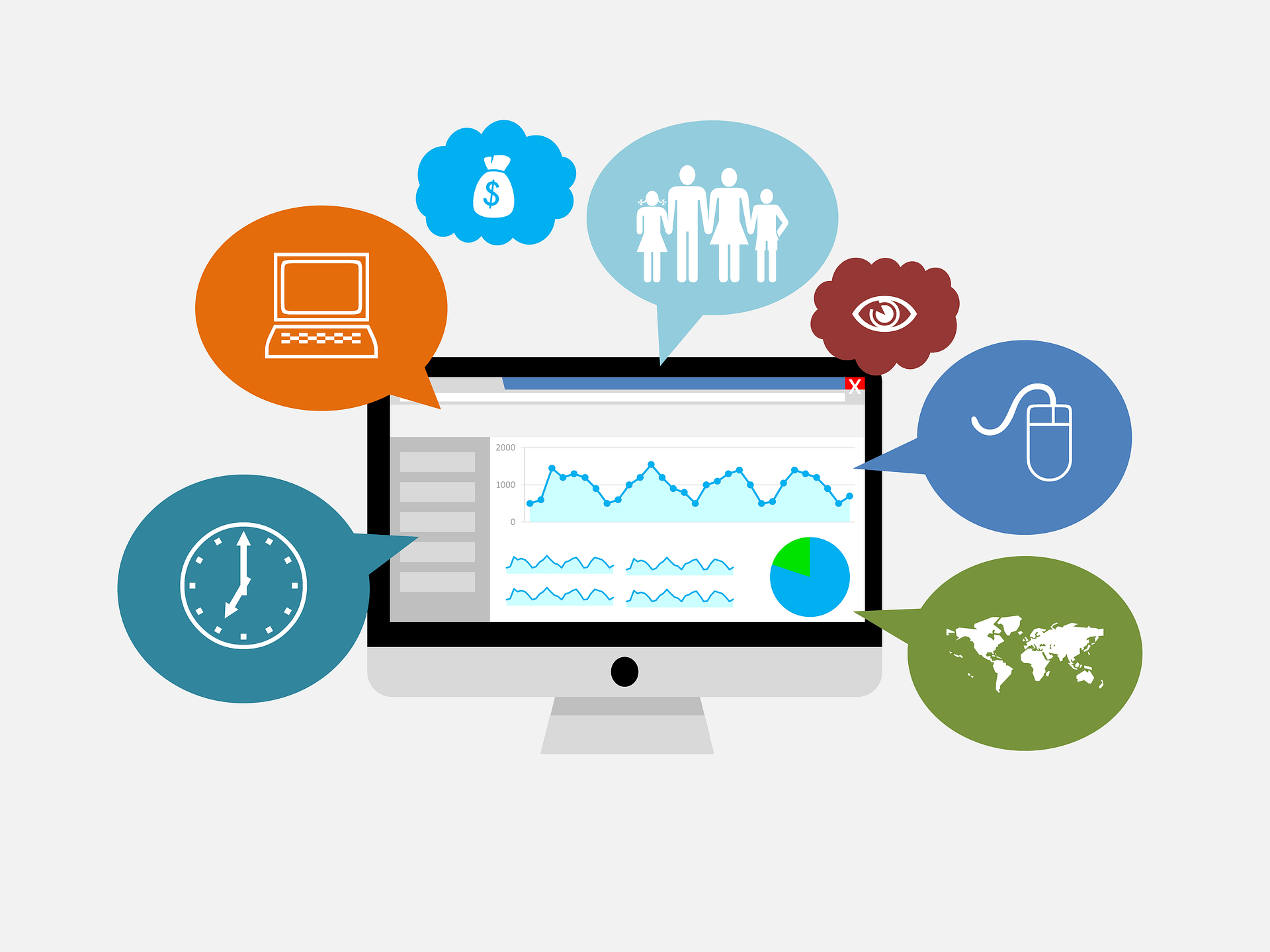Measuring campaign success with Google Analytics – Part 2

As we mentioned in our previous blog , you must be utilizing Google Analytics to judge the full performance of a digital campaign. With Google Analytics you can assess your overall web traffic and compare pre-advertising months to current advertising months to gauge campaign success. There are also a few other metrics that are important to determine the effectiveness of your campaigns. They are: Traffic Sources, Bounce Rate, Conversions and Behavior Flow.
- Traffic Sources – You will find this metric
under Acquisition > All Traffic > Source/Medium. This section will show
you all campaign traffic sources and metrics such as users, sessions, bounce
rate and session duration for each source. Make sure your digital advertising
agency is using UTM codes so that you can easily understand each source in the
table.
- Bounce Rate – This metric can be found in the
behavior column in multiple places in Google Analytics, but you can find
overall bounce rate for acquisition sources under Acquisition > Overview.
This metric tells you the number of users who enter your website, then leave
after viewing only one page. An average bounce rate is between 40-55%. If you
are seeing higher bounce rates than that, talk to your web team or your marketing
agency about ways to improve landing page effectiveness.
- Conversions – Google Analytics allows you to
track multiple types of conversions. A conversion occurs when the user takes an
action that you have set up as a goal in Google Analytics. Some examples are:
purchase, newsletter sign-up, phone call or download. You can set up goals
under Conversions > Goals > Overview > Set Up Goals and then click +
New Goal. If you have a digital campaign running with a specific conversion
goal, you will definitely want to set this metric up and track it.
- Behavior Flow – This metric can be found by going to Behavior > Behavior Flow. It allows you to follow a user’s journey from the time they arrive on your website to the time they leave. The data is displayed in a flowchart, and you can use this data to improve your website by seeing where users are dropping off.
Google Analytics can seem like a daunting platform, but knowing which metrics to focus on can be helpful. Phase 3 Digital can answer any of your Google Analytics questions and always uses these metrics when judging the success of our campaigns.










